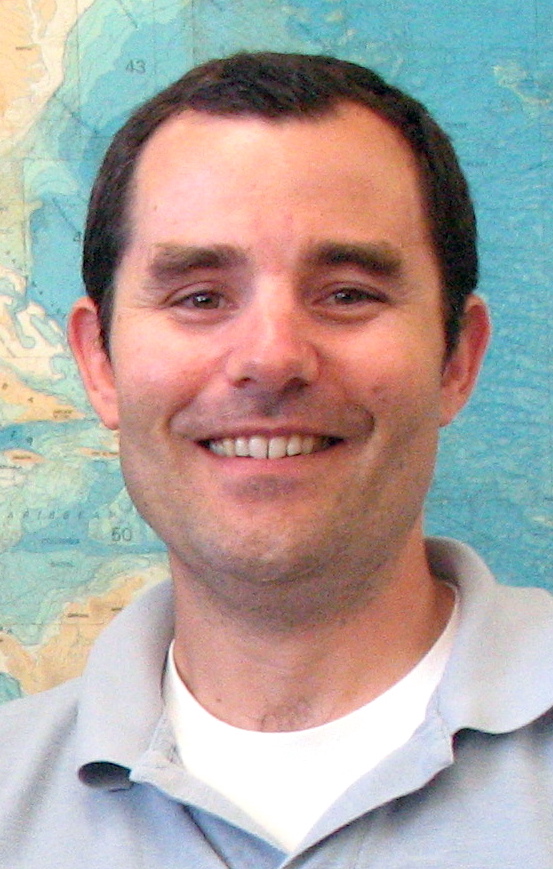
While the world has reacted with shock and anger to the massive amounts of oil leaking into the Gulf of Mexico as a result of the Deepwater Horizon platform blowout, a UC Santa Barbara scientist has proposed that methane gas dissolved into the waters of the Gulf holds the key to calculating the magnitude of the spill.
David Valentine, a professor of earth science at UCSB and the author of several authoritative studies about the behavior of oil and methane in the ocean, was asked by editors of the journal Nature to write an essay for its Opinion section about how to determine the magnitude of the spill. Valentine's report was published online by Nature on Sunday and will appear in the May 27 print issue.
In his essay, entitled "Measure Methane to Quantify the Oil Spill," Valentine says that the usual methods of measuring the magnitude of an oil spill are of limited use in the current situation. He suggests an innovative way that might be more effective: quantifying the leaked methane gas now dissolved in the water. Methane is an especially potent greenhouse gas and has been the focus of numerous studies in past decades, but has never been considered as a means for determining the magnitude of a deep oil spill.
Methane constitutes approximately 40 percent of the leakage at the sea floor. This compound has been implicated in causing the initial blowout, and was also the reason the initial containment dome failed. Valentine suggests capitalizing on the high methane content of the oil to determine total oil release. "Unlike oil, methane dissolves uniformly in water and can be tracked down-current from the leak source," Valentine says. "If we can add up all the methane, we've got a reasonable estimate on the oil spilled."
Valentine issues a call for action by saying that "while researchers are already measuring methane in some Gulf water samples, a larger-scale project is required to map the methane plumes in real time, so that this opportunity is not lost."
The platform explosion on April 20 was caused by an eruption of pressurized methane from a BP well almost one mile deep in the Gulf of Mexico. The methane eruption caused a series of blasts, sinking the rig and causing massive amounts of oil to spill.
"In what is likely to be the worst oil spill in U.S. history," Valentine says, "the need for a more accurate way to estimate the spill's magnitude is clear. This number is not only useful for comparing spills, but also for tracking dispersed oil, assessing the efficacy of containment measures, and for assessing liability."
Based on official flow estimates, Valentine calculates that approximately 7,500 tons of methane were released into the Gulf of Mexico in the first 27 days of the spill –– enough to triple the methane concentrations in a water parcel of 7,500 cubic kilometers. "If we conducted a dedicated sampling expedition, I expect we could account for much of the methane and place a reasonable lower limit on the total oil release," he says, adding that there are still plenty of challenges, most notably locating and defining all major plumes before they disperse.
"The first research ship on the scene has made great efforts to document the spill," Valentine says. "But a larger community effort is needed." He suggests tracking water flow in June, followed by a comprehensive two-vessel expedition "to ensure the plumes are quantified as comprehensively as possible."
In conclusion, Valentine says: "Capitalizing on this idea requires immediate action. I am calling for a concerted community effort, with appropriate commitment from the U.S. government, the trustees of the Deepwater Horizon incident, or BP. The likely rewards far exceed the cost."
Related Links



